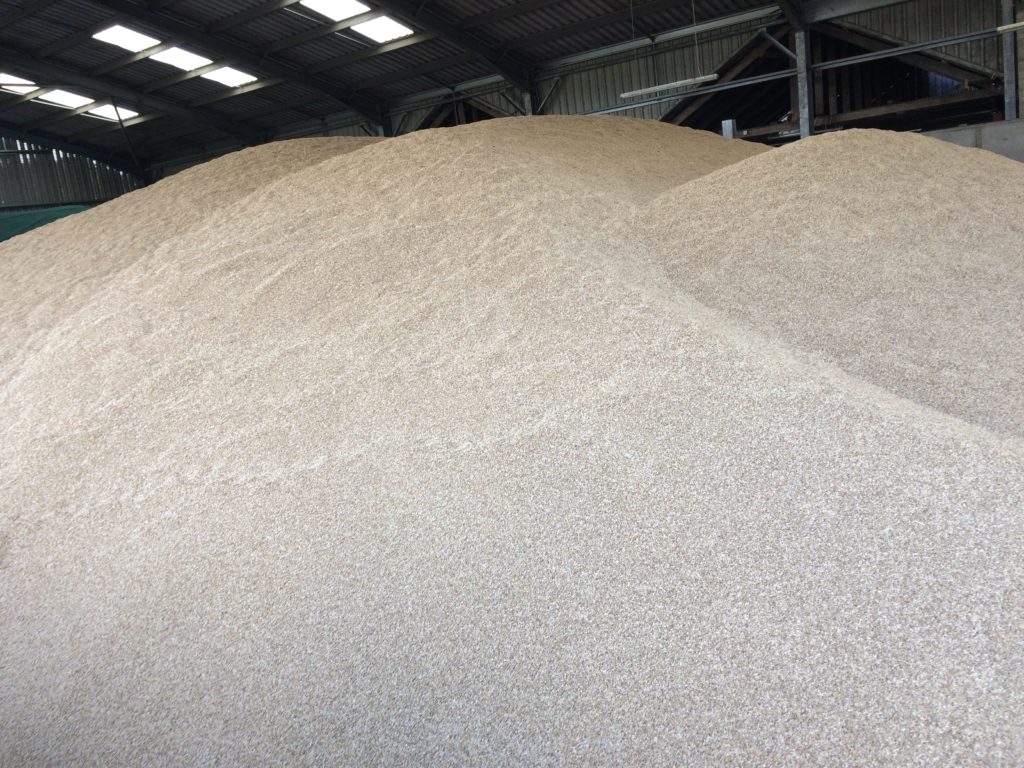Cause And Prevention Of Mites In Feedstuffs
30 September 2020Grain/feed mites can occasionally cause issues in grain they are not often easy to spot until they are in large numbers and where populations are high grain/feed appears to have a “moving” layer. Mites will attack not only grain/feed but dry forages such as hay and straw if the conditions are right. The mites feed on fungi so food that is older and ‘going off’ is ideal for infestations and the presence of mites can encourage other insects who in turn eat the mites. Mites are more attracted to damaged grains or feeds and they cannot penetrate whole grains.
Populations thrive in moist, warm conditions with the ideal temperature between 20-25˚C (68 to 77˚F), they do not generally survive in moistures below 13-14%. The more mites there are, the more moisture they also produce the cycle continues. The lifecycle of the mite depends on the conditions and under ideal moist and warm conditions, mites live around 40-60 days (depending on their sex and breeding cycle).
Prevention of infestation is the key and can be achieved by drying and maintaining commodities below 13-14% moisture content. In cereals or feedstuffs where the moisture content is higher, good storage and preservation methods are essential. In addition it is important to keep feed fresh – not keeping too much feed for a long period of time.
Storage of cereals and feedstuffs
Shed
- Sheeting side walls in a shed helps to keep moisture out
- Ensure that the pile of feed is not too deep that excess heat and moisture can escape
- Leaking roofs or moisture from the ground can also create pockets of dampness that will attract mites
- if feed is covered ensure no condensation is dripping on to the feed
Bins
- clean bins out between batches of feed
- check for leaks and condensation
- keep feed for a maximum of 3 months
Karen Stewart, karen.stewart@sac.co.uk
Sign up to the FAS newsletter
Receive updates on news, events and publications from Scotland’s Farm Advisory Service

